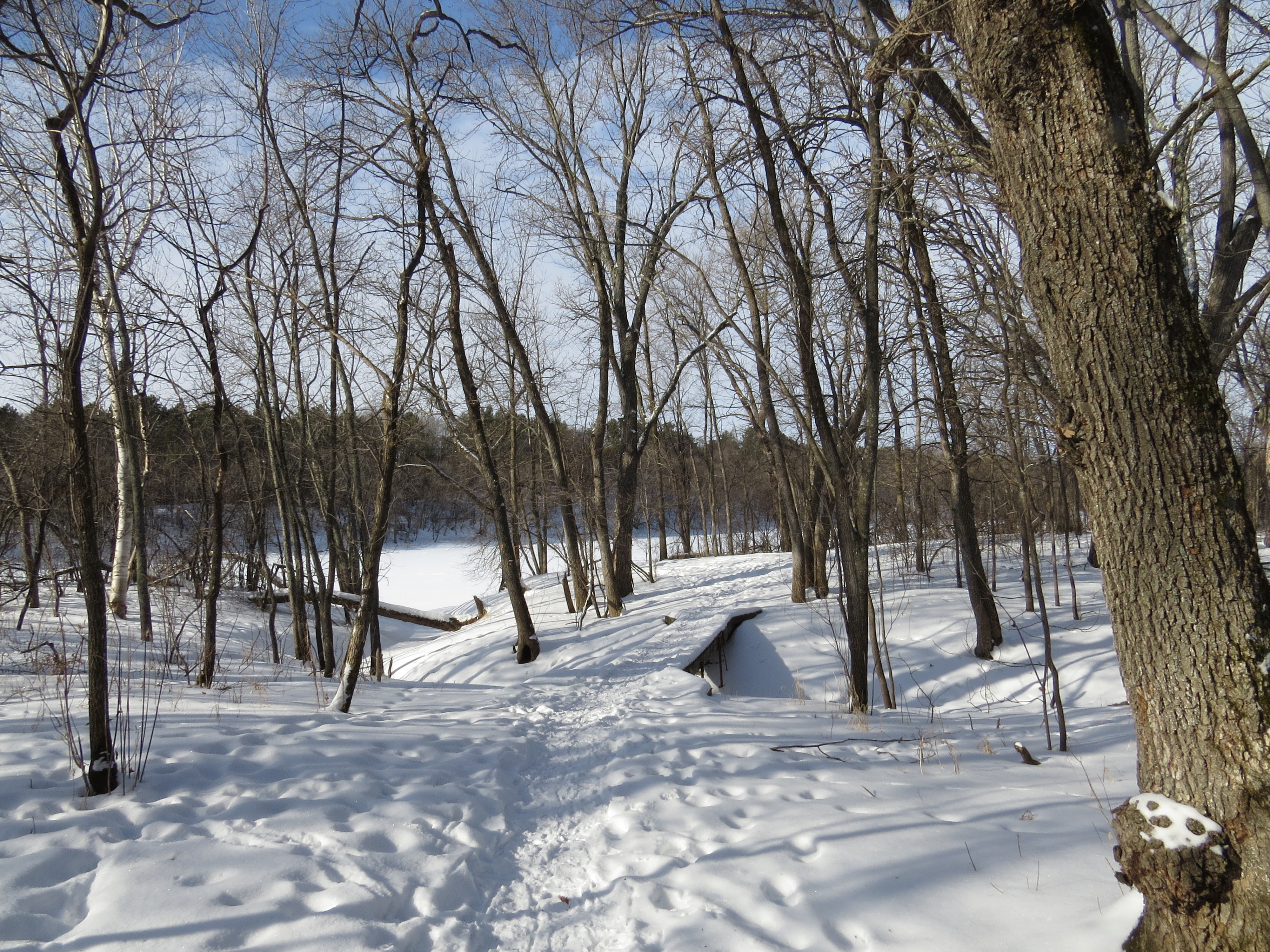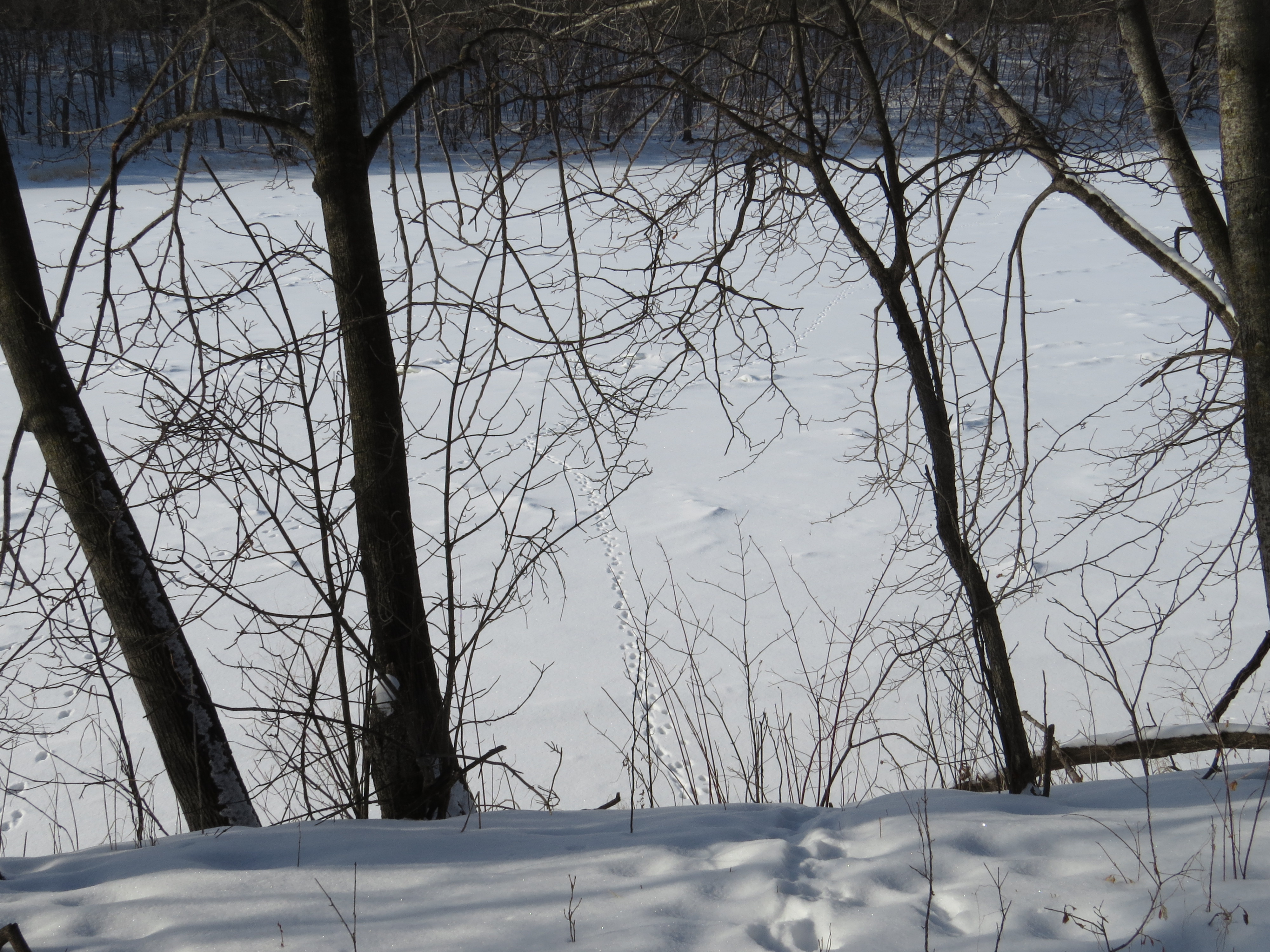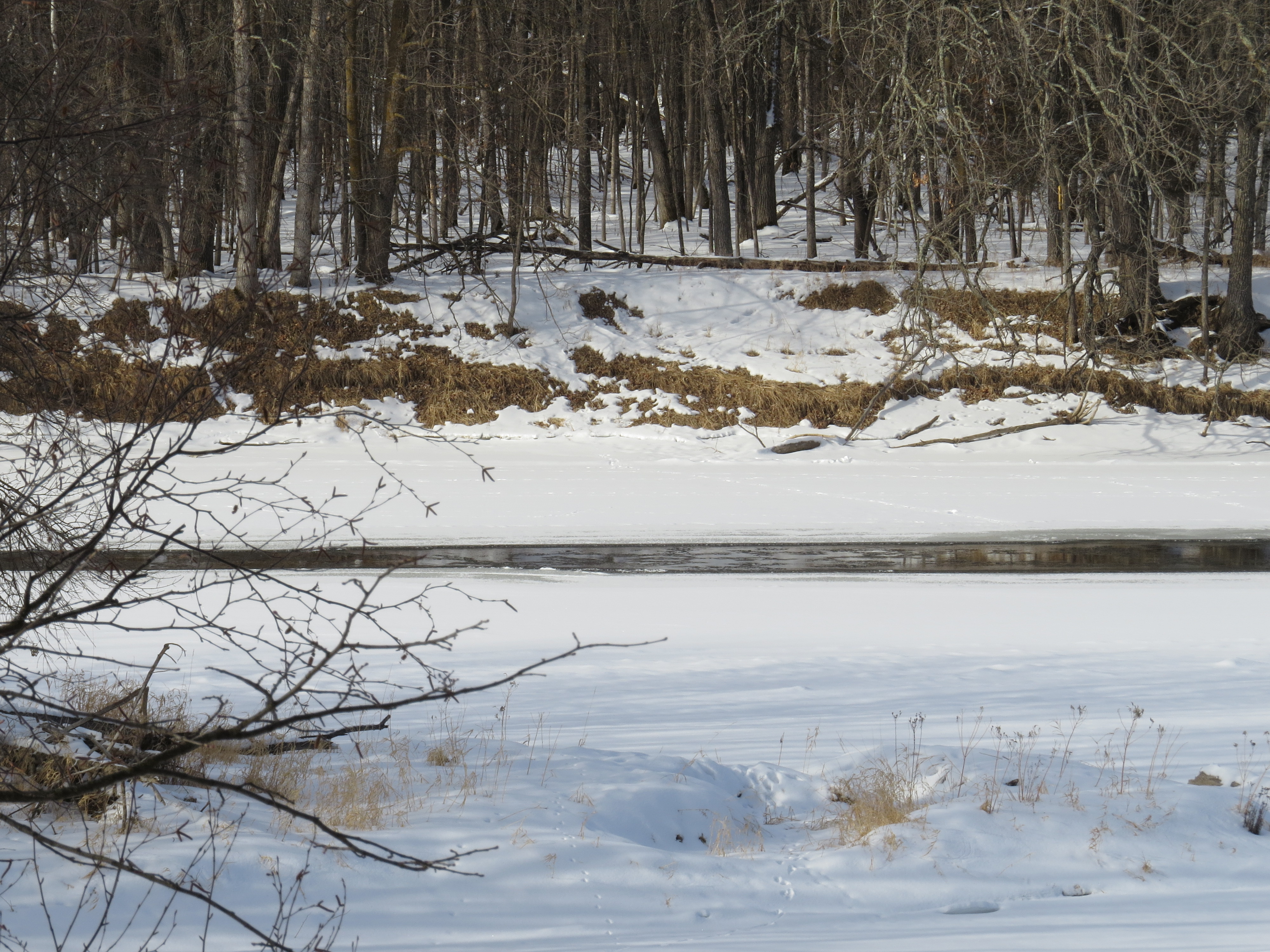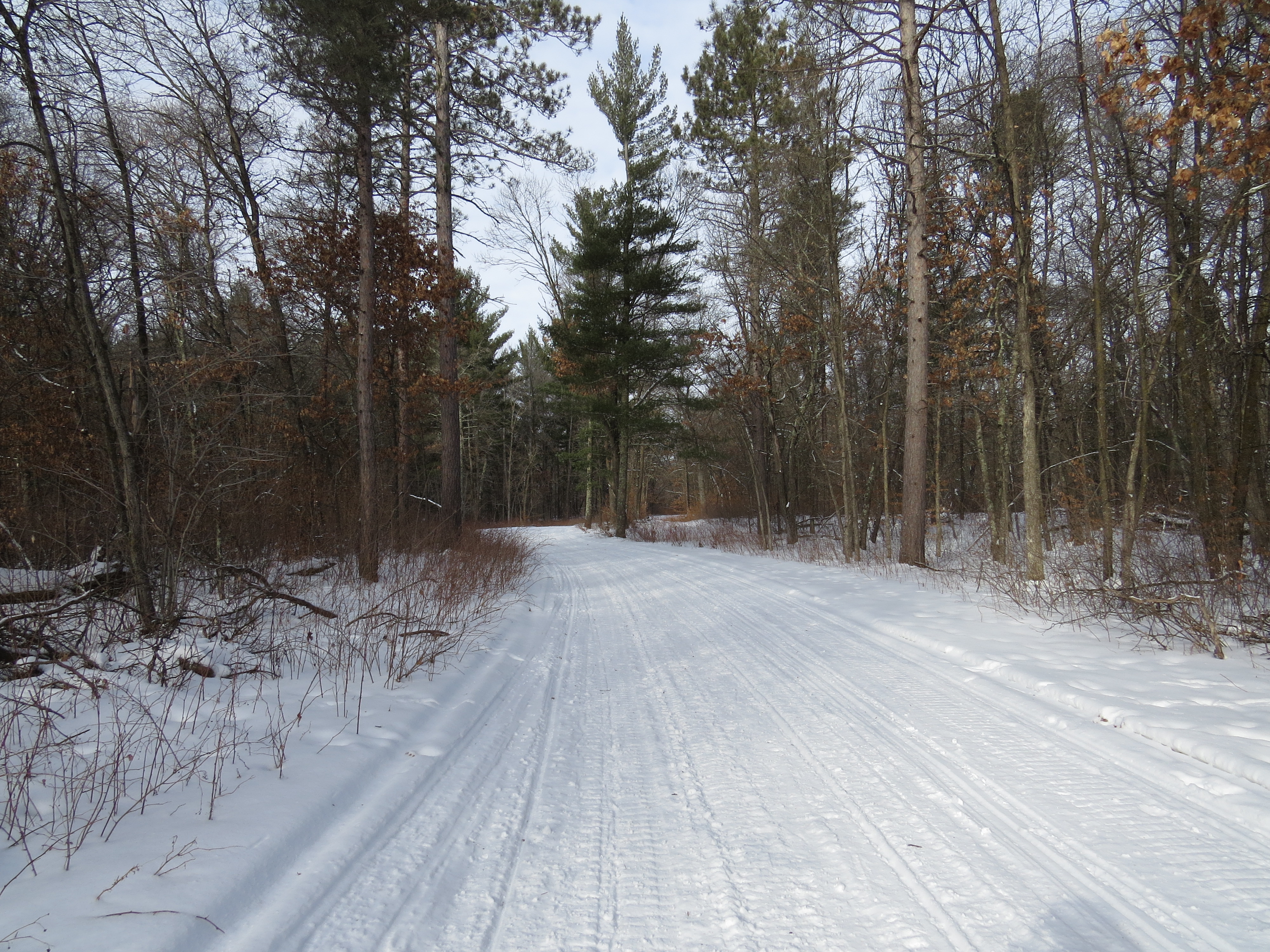Texans are carrying a heavy load this week. Four or five inches of snow, even some ice, does not in and of itself make a crisis. The crisis comes with lack of expectation and preparation. Even warnings—empirical and/or logical—of something possibly happening are often ignored when we don’t or cannot wrap our minds around them. Our brains love the same wired routes our neurons provide for thoughts and feelings that occur over and over again. A pandemic killing half a million people in a year—no way! Mask-wearing the whole world over—are you crazy?! A rioting mob trying to stop the confirmation of a new president in our Capitol—that’s not going to happen! A deep-freeze in Texas—get real! The past year has attempted to re-wire our brains.
So our daughter Emily found herself carrying buckets full of snow into the house to dump into the bathtub. It’s what one does when no water flows from the taps. Luckily she has had experience living in the wilderness where electricity is the lightning and running water is a river. But she humorously disdained her pioneer life in urban Austin—that’s not what is expected, not what she was prepared for in that environment. Not what any of them were prepared for. It begs the question: What are we personally and we as an entity of this country willing to carry? And why?
I carried a backpack on our snowshoe hike at Crow Wing State Park at the end of January. I had realized on a previous outing that I became much more dehydrated while snowshoeing than hiking, so packed some water and a snack for each of us. We also had a place to carry added or subtracted layers of clothing, depending on the weather. The road to the campground was unplowed and barricaded by a pile of snow, so we made our tracks through the flurry of white. The campground was a snow-ghost-town, returning to the forest for the season.

Part of the trail followed the Mississippi River, and we traipsed across a wooden bridge that spanned a ravine that led to the River. That was certainly easier than trekking down and up the ravine in our snowshoes.


We saw a very large Oak tree by the River that had an old beaver wound on it. Other trees in the area had been taken down by beaver, but what an ambitious attempt on this Oak many years ago! Right above the old wound was a new wound made by a Pileated woodpecker. All living creations carry their hurts and their wounds.

Deer tracks led to a steep precipice high above the River…and went over the edge, down the embankment, and crossed the River. I was amazed a deer would choose such a steep path, but perhaps it was being chased. We do extraordinary things when we need to.


A newly fallen nest, last year’s home for some bird family, would not be seen in the brown leafy litter of Fall, but it stood out in sharp contrast to the white, sparkling snow crystals of Winter. Unseen or highly visible often depends on the background, the exposure, and the deemed value.

As I looked at the nest in the snow, my eyes lifted upwards to the treetops where a squirrel’s nest stood out against the sky-blue sky. The home of the sky-bird was on the ground, and the home of the ground-squirrel was in the sky. Sometimes it’s a topsy-turvy world.

We continued along the River, heating our bodies with exertion in the teens-cold chill.

A dark stripe beyond an island revealed the River wasn’t completely frozen over despite most areas with foot-thick ice. Not expected. Dangerous. I hope the deer didn’t barrel across the ice and fall through the crack.



Our single-file trail opened up to a wide road used by snowmobilers. A road that can carry many people.

As we circled back to the campground, we passed through a low-land, a wet-land, a frozen swampy area. The leafless branches of a Hawthorn shrub exposed the sharp thorns that are usually camouflaged with foliage. Along with our wounds, we also carry barbs that we use for protection, but that can inflict harm, either consciously or unconsciously.

Back at the campground, we stopped for a water and snack break. I had felt my energy waning and my throat getting dry on the previous leg of the trail. I was glad that I had prepared for that and carried supplies with us. With water and a granola bar to renew my strength, we snowshoed back to the car.

What are we willing to carry and what makes us, compels us to do so? As parents, as mothers, we literally carry our children for many years. For most parents, whatever burden that may bring is worth it. Worth the energy, worth the time, worth the money, worth the wounds. There is an instinct we share with many creatures to protect, care for, and love our offspring. Add to that intention, education, societal norms, and creativity and child-rearing becomes an honor, an art-form, the work of our lives, and a means of growth like no other.
What are we willing to carry for others? For family members, for friends, for community members, and for strangers? What compels us to do so? Bridges make carrying burdens easier. How do we prepare and build bridges? What things that we carry are we willing to put down? Our thorns? Our wall of defense? Our prejudices?
Our brains like safety. Crises threaten that safety. Creativity and data allow us to anticipate crisis. Preparation ameliorates crisis, and intelligent and caring responses can help restore that sense of safety in a topsy-turvy world. Emily and the rest of the Texans will weather this storm, but just like the host of other crises that have plagued us this past year, we could have done better. The signs were there. The theory and the data were there. We could have been better prepared. Let’s rewire our brains.